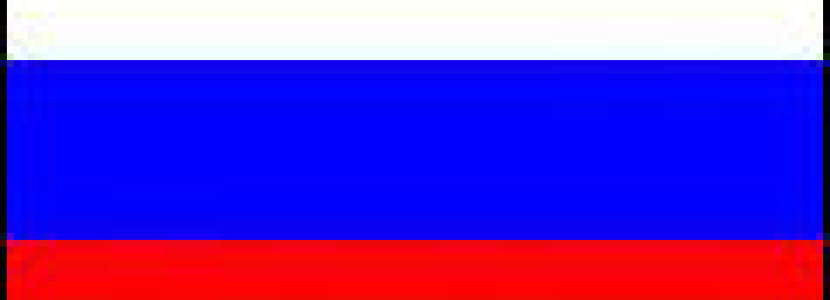
Coinciding with Medvedev’s recent official visit to Spain, a collaboration agreement in the field of tourism was signed with the aim of developing the economic and tourism potential of both countries. However, the sharp fall registered in the number of tourist visas issued to Russians travelling to Spain during the first two months of the year has raised doubts about the potential of the Russian feeder market for the Spanish tourist industry.
The agreement, which is not the first to be signed between Spain and Russia in the field of tourism, will come into force during this year until the end of 2010. With the aim of developing the economic and tourism potential of both countries, it envisages the exchange of experiences and information on marketing, advertising, training and quality control between the official Spanish tourist board Turespaña and the Federal Agency of Tourism of the Russian Federation. Likewise, Spain will be attending the Russian tourism fair Inturmarket, while Russia will be present at FITUR in Madrid and EIBTM in Barcelona.
During the 12th Annual Congress of Natalia Tours, which has just been held in Tenerife, Natalia Vorobieva, managing director of this important Russian tour operator, said that “it was easier said than done,” referring to the agreement between Spain and Russia. In Vorobieva’s opinion, both countries have more important issues on the agenda given the economic and financial crisis, and it is more a case of future expectations for collaboration, not necessarily in the near future either. What is more, she does not believe that Russia is that popular with Spanish tourists, since a lot of money needs to be invested in hotels and facilities to make it a truly competitive destination.
Since they need a visa to travel to Spain, most Russian tourists choose other destinations, such as Egypt and Turkey, where this frequently bothersome bit of red tape is unnecessary – nevertheless, Russian tourists will soon be able to obtain multiple entry visas, which will make it easier for them to make longer trips and visit more Western European cities. Nevertheless, nearly 450,000 Russian tourists visited Spain in 2008 – more than double the number in 2003 – making the country the third most popular destination, after Egypt and Turkey. Regarding the most popular regions, 55% of Russian tourists choose Catalonia, followed by Andalusia (12%) and the Balearic Islands (6%). Eleven days is the average stay, and the average daily spending is above €230 per day. As to the reasons behind their choice, the majority of Russian tourists are attracted by the weather and the beaches, while business and cultural tourism are becoming increasingly more popular as well
Despite being one of the fastest growing feeder markets in Europe in the last few years, Russia is not immune to the current recession. In January and February, the number of Russian tourists visiting Spain was down 36 and 29%, respectively. While Natalie Tours hopes that figures will remain stable in 2009, the majority of Russian tour operators expect a fall in demand of around 25%. But when the world economy recovers, Russia will undoubtedly re-establish itself as one of the world’s most important feeder markets.




